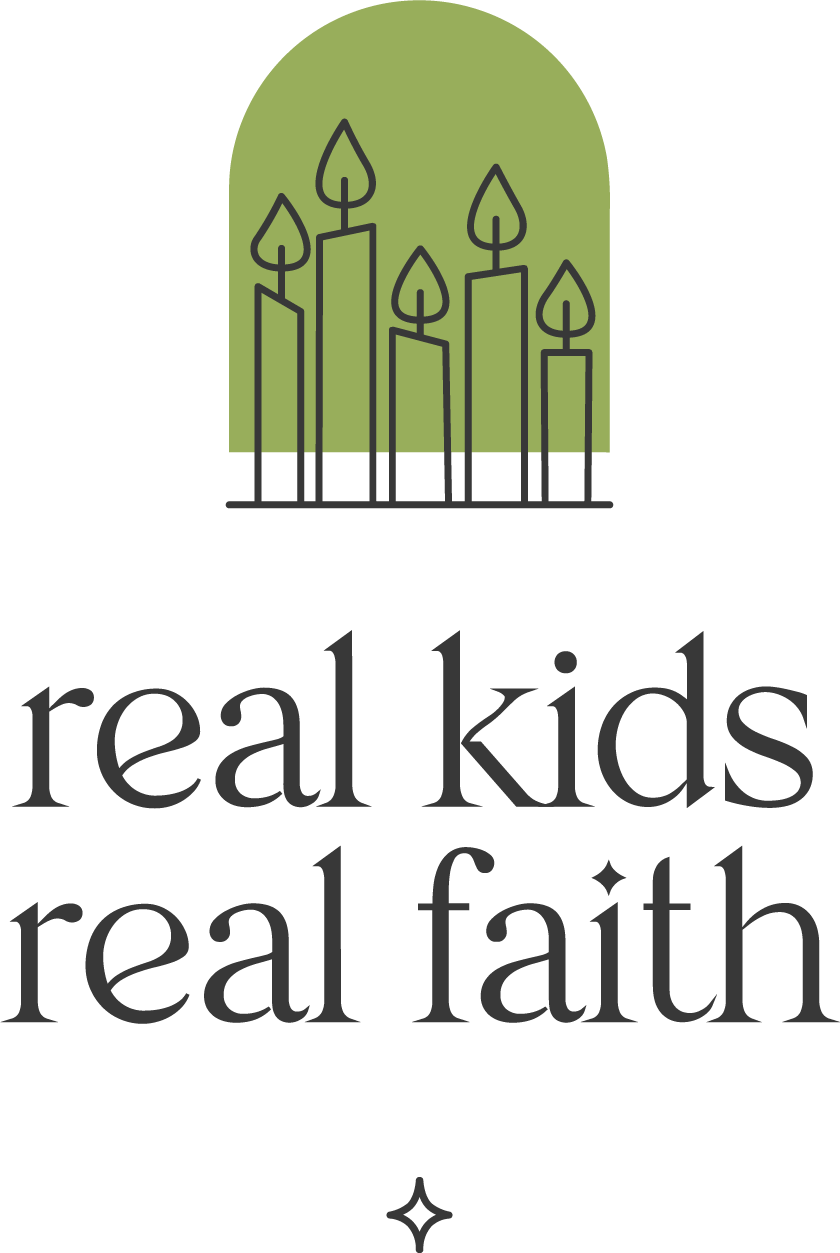Disney’s popular movie, Turning Red, has called attention to how children struggle with big emotions, especially anger and frustration. Learning self-regulation is a complex process, and kids reach that goal at varying speeds. Many experts agree that mindfulness practices can help, even with young children known for throwing temper tantrums when life doesn’t go their way.
The star of Ian De Haes’ Simon and the Big, Bad, Angry Beasts is one such child. Every time he gets really angry, Simon discovers that he has a companion animal terrorizing his parents and friends on his behalf. First, it’s a charging ram, then a snapping alligator, a roaring lion, a snorting rhinoceros, and finally, a dragon bellowing fire. All of them make Simon feel powerful, until he realizes that no one wants to be around him anymore.
Written for children ages 4-8, this picture book highlights specific childhood frustrations that can lead to anger. Use one or more of the following activities to help kids explore how mindfulness can turn this big emotion into a manageable feeling that won’t disrupt their relationships.
Turning dragons into butterflies. When Simon realizes that his angry outbursts are getting in the way of his friendships, he tries shouting at his beasts to go away, but that just makes things worse. So he finds a quiet place to close his eyes and concentrate on calming down. As his body relaxes, his fire-breathing dragon turns into a host of butterflies who carry his anger away. Invite children to act like angry dragons, flying around breathing fire on everyone. Then encourage them to act like calm butterflies, flitting from flower to flower while people admire their beauty.
What makes you angry? Simon gets angry when he loses a game or has to eat all his lunch. He also hates to be told ‘no’ or get in trouble for misbehaving. And sometimes his anger just bursts out for no reason at all. Ask children to recall a time when they were angry. Encourage them to imagine they are back in that experience feeling the same emotions. They might scrunch up their face in anger or yell or stomp their feet. Then invite them to stop and take several slow, deep breaths to calm themselves. Ask: How do you feel now? How does your body feel differently when you are angry and when you take time to breathe?
Imagine your angry beast. Simon imagines lots of different beasts that help him express his anger. Ask: When you get angry, what kind of animal do you imagine might help you show how mad you are? How do you think your friends would react if this animal showed up? What might you do to keep your animal from scaring your friends?
It was great/marvelous/magical. At first, Simon loves that he has a ferocious animals by his side when he’s mad. But then he decides it is better to be peaceful. Start a family or group practice of mindfulness where you sit quietly together and breathe slowly and deeply for 1-2 minutes. Notice how many times each of you needs to breathe to feel calm. Then encourage each other to take at least that many breaths whenever you feel angry or upset so you can regain the great, marvelous, magical sense of calm that you prefer.

Comments